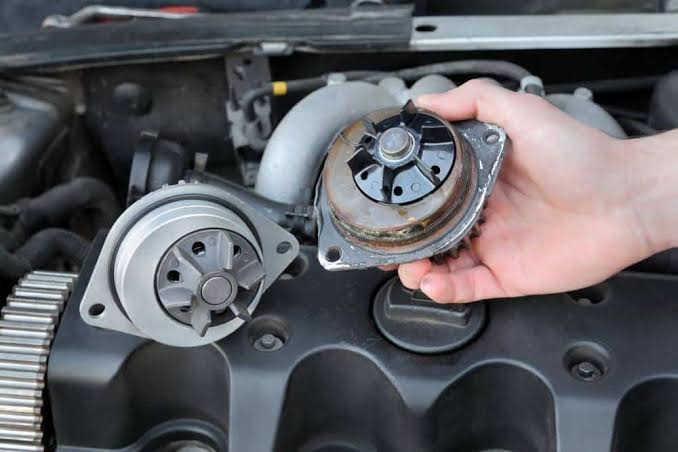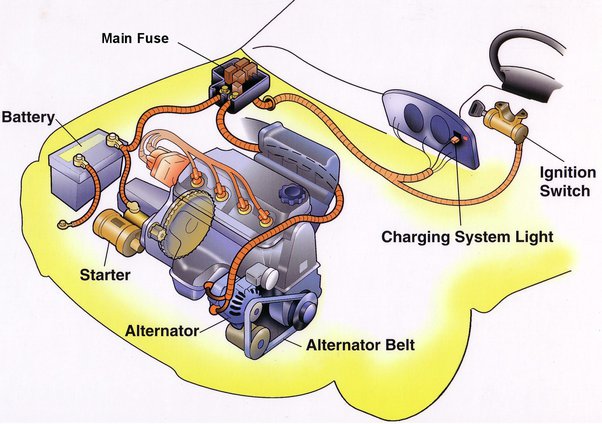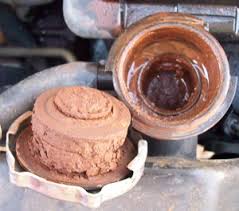How to Read Date Code on Tires: A Complete Guide

Tires play a crucial role in vehicle safety, and one of the most important aspects of tire maintenance is understanding their age. The date code on a tire provides valuable information about when it was manufactured, which helps in determining if the tire is safe for use. To read the date code on tires, locate the DOT (Department of Transportation) number on the tire sidewall. The last four digits of this code indicate the week and year of production. For example, if the code reads “3522,” it means the tire was manufactured in the 35th week of 2022.
Understanding tire age is essential because older tires can become brittle, leading to reduced traction and a higher risk of blowouts. In this article, we’ll cover the complete process of reading and interpreting tire date codes while also discussing their importance in vehicle safety and performance.
What Is a Tire Date Code?
The tire date code is part of the DOT number, a mandatory marking on all tires sold in the United States. This marking ensures compliance with safety regulations and provides information about the manufacturer, plant code, tire size, and the date of production.
The date code is usually a four-digit number at the end of the DOT sequence. The first two digits represent the week of production, while the last two digits indicate the year.
For example:
- DOT XXXXXX 2321 → The tire was made in the 23rd week of 2021.
- DOT XXXXXX 0519 → The tire was made in the 5th week of 2019.
This code helps consumers, mechanics, and retailers determine the tire’s age and whether it is still safe for use.
Where to Find the Date Code on a Tire
The date code is usually located on the outer or inner sidewall of the tire. However, in some cases, it may be on the inner side, requiring a closer inspection. Here’s how you can find it:
- Look for the DOT Marking – Scan the tire sidewall for the letters “DOT,” which are followed by a series of letters and numbers.
- Identify the Last Four Digits – The date code is always at the end of the DOT sequence.
- Check Both Sides – If you don’t see the date code on the visible side, check the inner side of the tire.
Why Is the Tire Date Code Important?
1. Tire Safety and Performance
Tires naturally degrade over time, even if they haven’t been used. The rubber can harden and crack, leading to poor grip and an increased risk of failure. Most manufacturers recommend replacing tires after 6 to 10 years, regardless of tread depth.
2. Compliance with Vehicle Regulations
Some countries have restrictions on the use of old tires, especially for commercial vehicles. Checking the date code ensures compliance with safety standards.
3. Used Tire Purchases
If you’re buying used tires, always check the date code to ensure they are not too old. A tire may have good tread but still be unsafe due to age-related deterioration.
How to Determine if a Tire Is Too Old
Here’s a general guideline on tire age limits:
- Less than 5 years → Generally safe if stored properly.
- 5 to 7 years → Inspect for signs of aging, such as cracks.
- 7 to 10 years → Consider replacing, even if tread depth is sufficient.
- 10+ years → Not recommended for use, as the rubber may have degraded significantly.
Other Important Tire Markings
Besides the date code, other important markings on a tire include:
- Treadwear Indicator (TWI) – Shows when the tire needs replacement due to low tread.
- Load Index and Speed Rating – Indicates the maximum load the tire can carry and its speed capabilities.
- UTQG Rating – Reflects treadwear, traction, and temperature resistance.
How to Extend the Life of Your Tires
To ensure your tires last longer and remain safe, follow these best practices:
- Store tires in a cool, dry place away from direct sunlight and extreme temperatures.
- Maintain proper tire pressure as recommended by the vehicle manufacturer.
- Rotate tires regularly to ensure even wear.
- Avoid overloading your vehicle, as excess weight can put stress on the tires.
- Inspect tires for cracks, bulges, and tread wear to identify any issues early.
Conclusion
Reading the date code on a tire is essential for safety and vehicle performance. By locating the DOT number and checking the last four digits, you can determine the week and year the tire was manufactured. Since tires degrade over time, replacing them every 6 to 10 years, even if they appear in good condition, is crucial. Regular inspections, proper maintenance, and safe storage can help extend the lifespan of your tires and ensure a safe driving experience. Always check the date code when purchasing new or used tires to ensure maximum safety on the road.
Also Check:
• How Do I Know If I Need a Tire Alignment?





